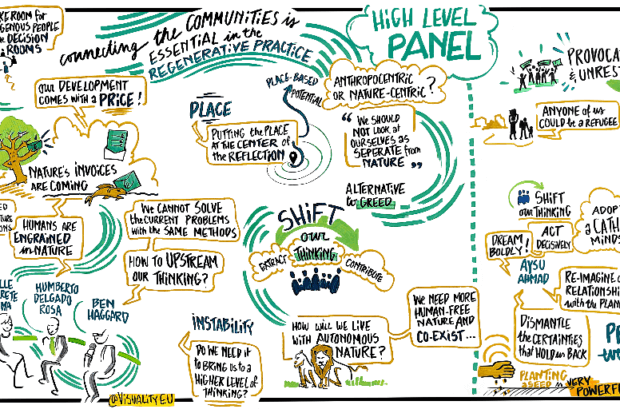
Regenerative development and design: improving governance, innovation and planetary health
Humans have pushed several planetary boundaries out of their safe operating space and inequalities within and between countries are rising… Our current societal and environmental challenges require a meta-response. This is what Regenerative Development and Design (RDD) aims to bring.
See more

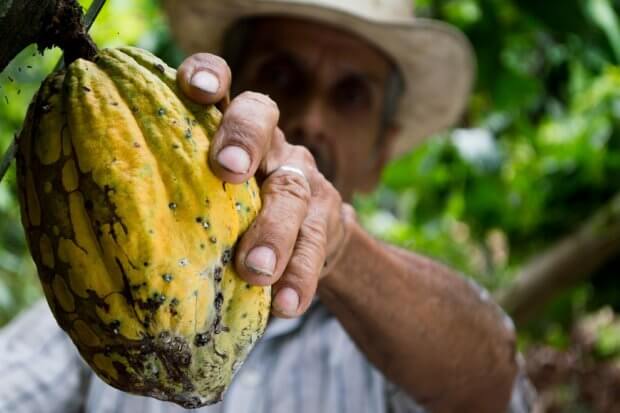

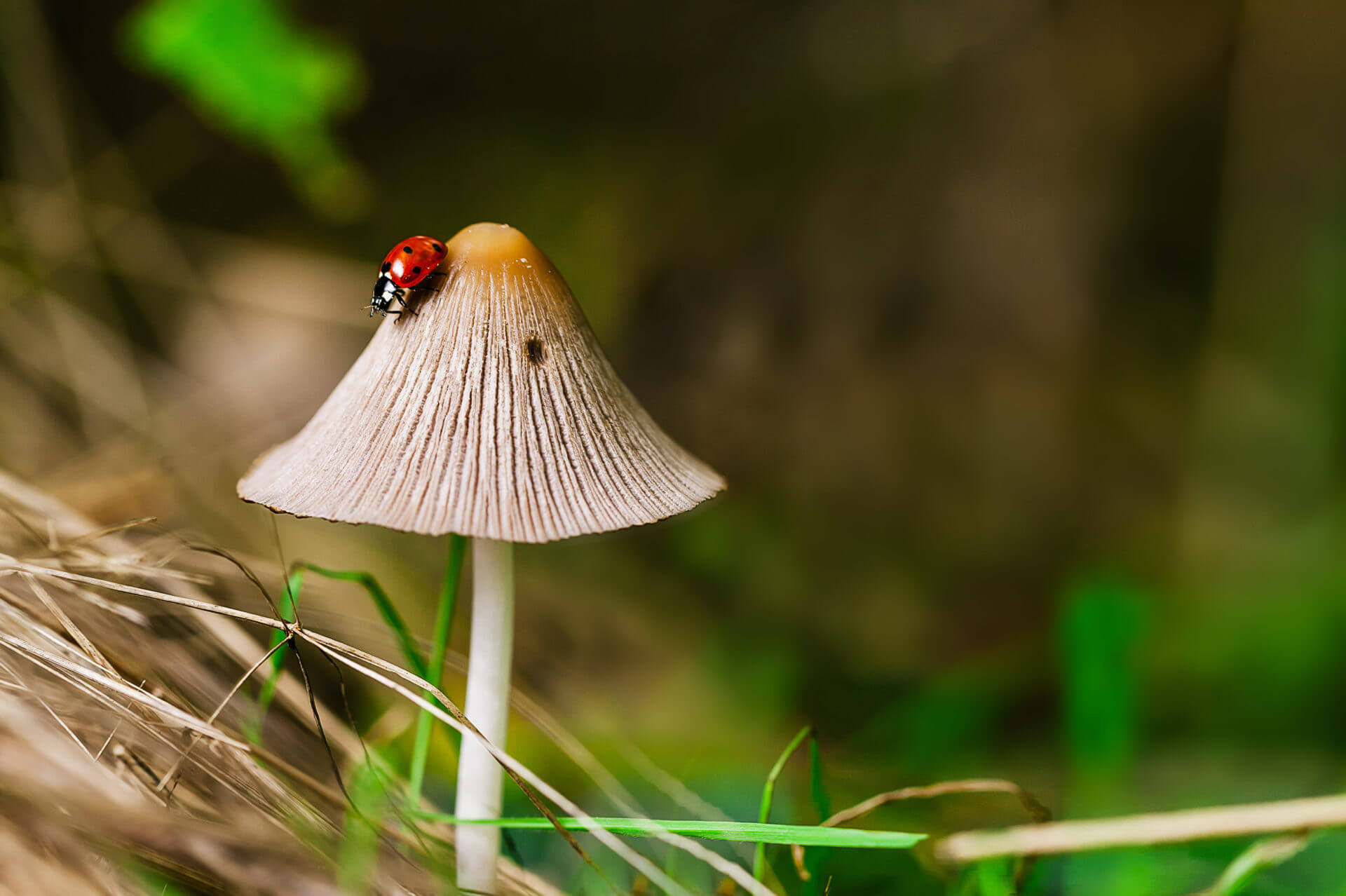
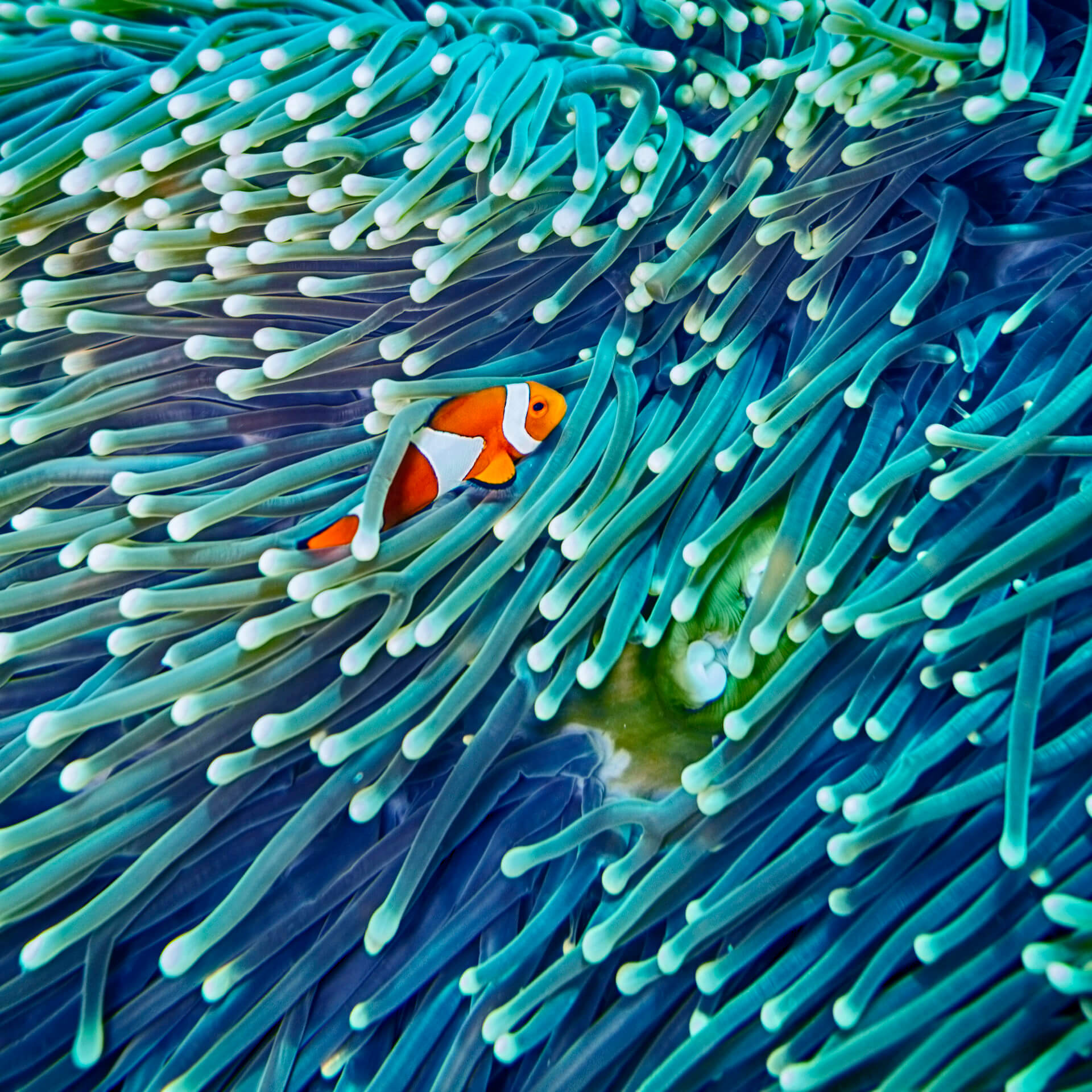


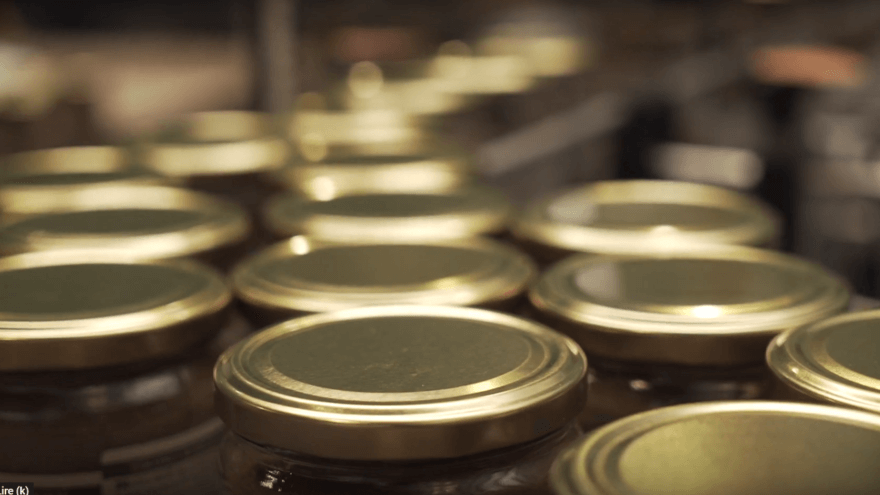



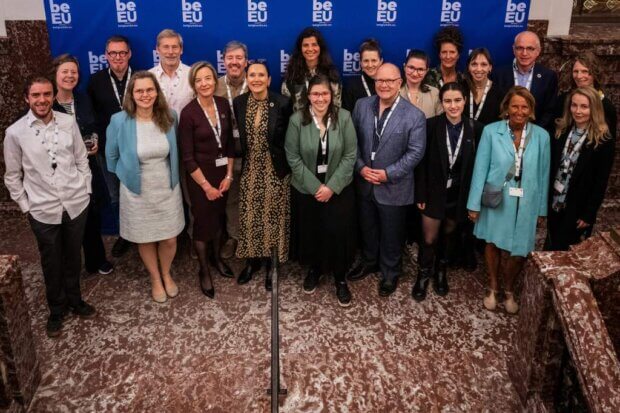

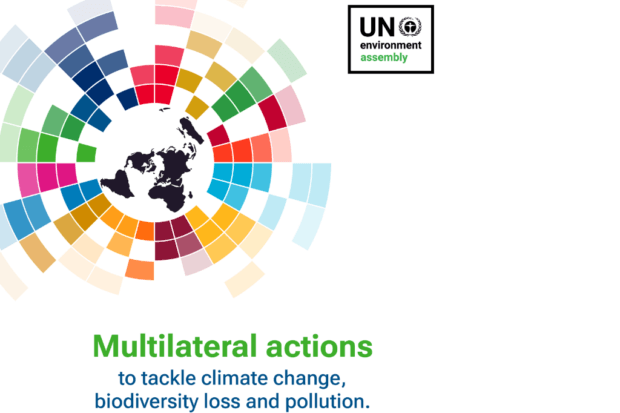



How can we act?
Biodiversity-friendly processes – that's possible!
Businesses rely directly or indirectly on natural resources and are thus unavoidable actors in the conservation and sustainable use of biodiversity. It is essential for them to act by taking the conservation of biodiversity into account in all their processes.